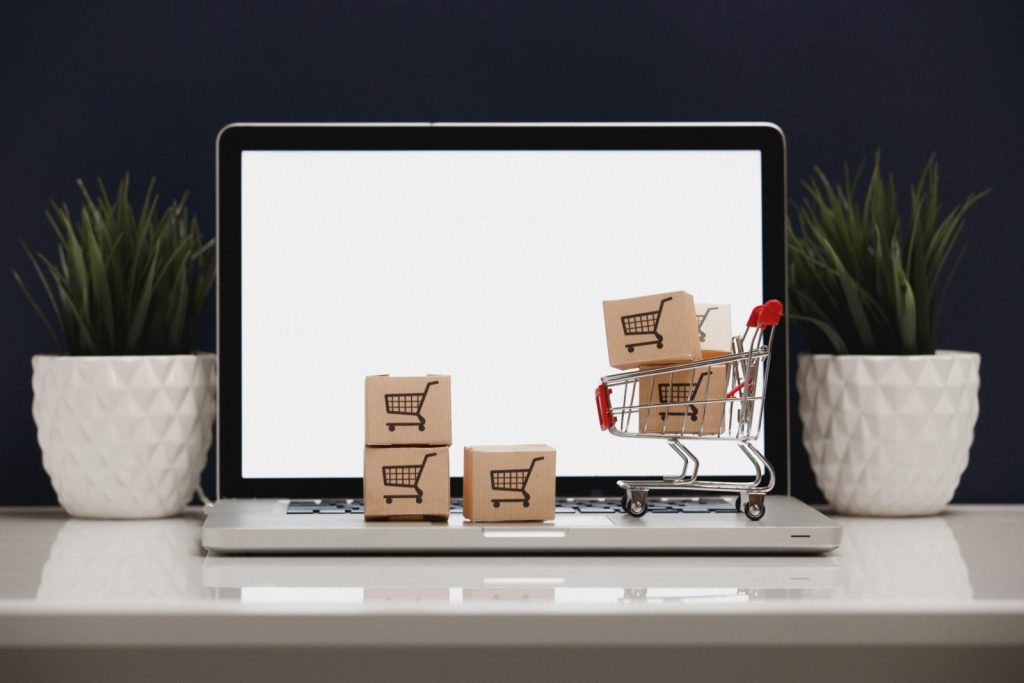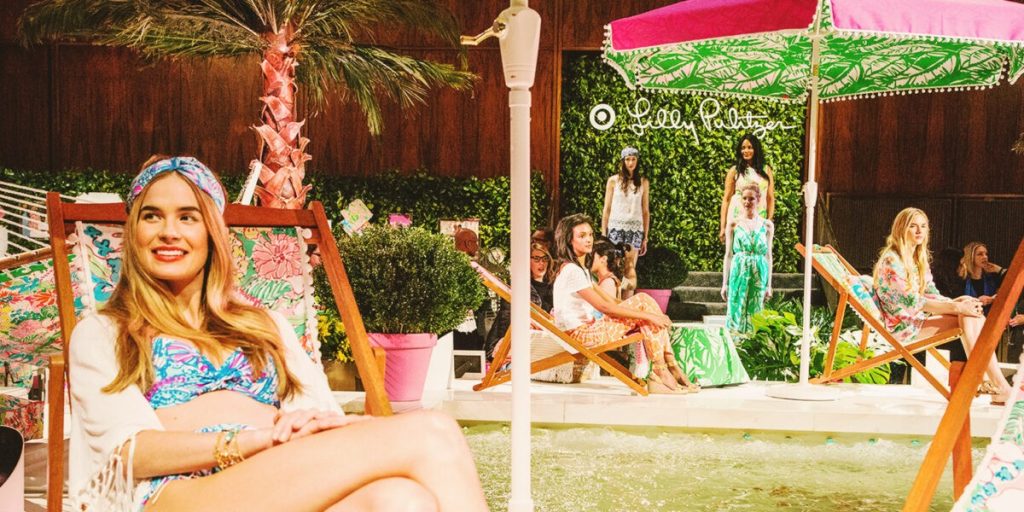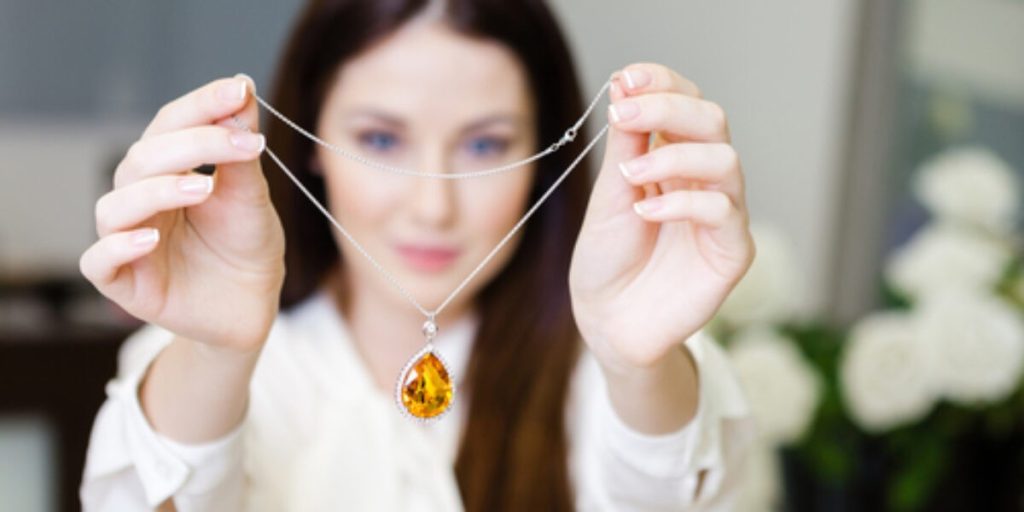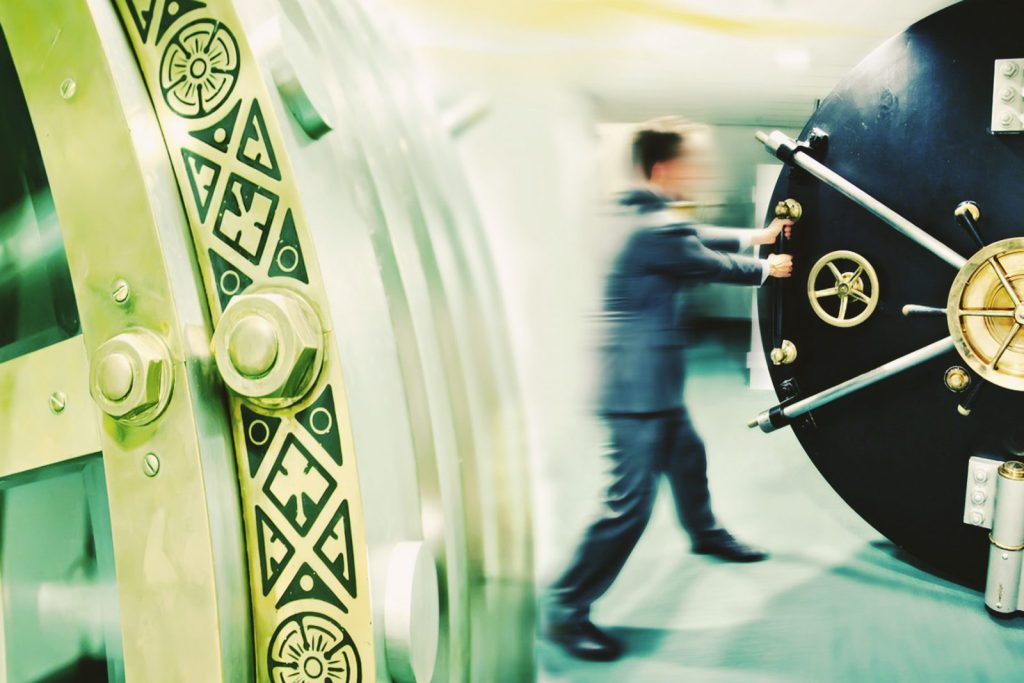Why Direct to Consumer Pharma Ads Remain a Global Anomaly
Direct to consumer prescription drug ads are everywhere in the US — and almost unseen everywhere else. Here’s why. In the U.S., consumers are bombarded with ads for pharmaceuticals — so much so, in fact, that the very form has become a cliché (think about “active seniors” pursuing their favorite activities while a narrator rattles …
Why Direct to Consumer Pharma Ads Remain a Global Anomaly Read More »










